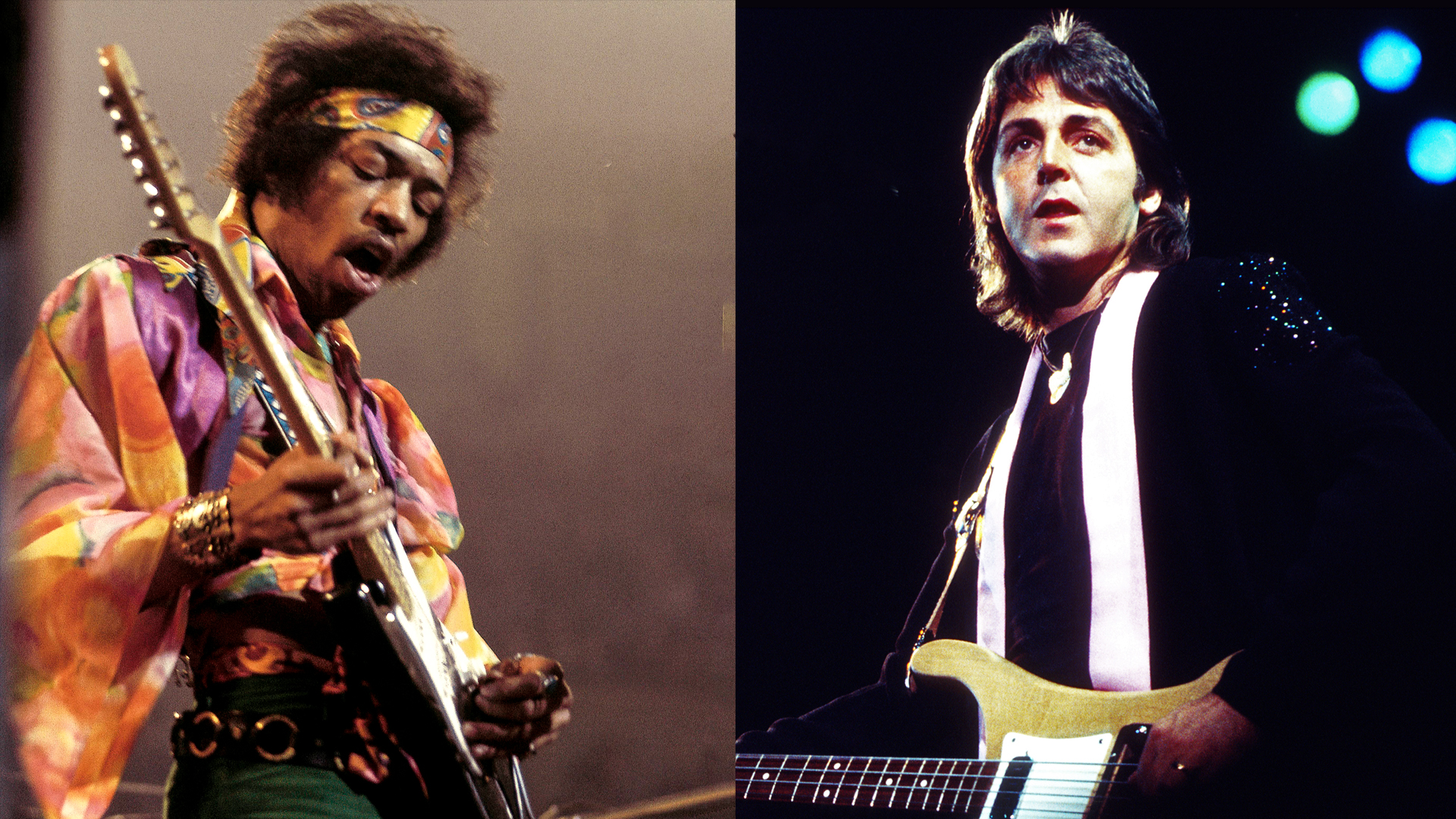“The chord progression in the Highway Star solo – Bm, to a Db, C, and then G – is a Bach progression”: Ritchie Blackmore on Steve Howe, Jimi Hendrix, classical influences and more
Chatting with GP in 1973, at the stratospheric height of Deep Purple's popularity, Blackmore offered insight into his hugely influential style – from his tremolo approach, to his deafening onstage volume

The following is an excerpt from Martin K. Webb’s piece in the July/August 1973 issue of Guitar Player.
Ritchie Blackmore, lead guitarist and co-founder of Deep Purple, was born in Weston-super-Mare, England.
Emerging to fame in America in 1968 with the hit single Hush, Deep Purple have appeared with the Royal Philharmonic at London’s Albert Hall, faced 4,000 rioting fans in Stuttgart, and been smuggled out of a concert hall in Iceland in a paddy wagon.
Blackmore’s first guitar was a secondhand Spanish type, which he has since replaced with Stratocasters and Gibsons.
Did you ever have lessons?
“I had classical lessons for a year. That helped, because I learned how to use my little finger. A lot of blues guitarists play with only three fingers, so they can’t figure out certain runs that require the use of their little fingers.“
Besides getting you to use your little finger, has classical training affected your playing in any other way?
All the latest guitar news, interviews, lessons, reviews, deals and more, direct to your inbox!
“I would say that it shows up most in the music I write. For example, the chord progression in the Highway Star solo – Bm, to a Db, to a C, to a G – is a Bach progression. The classical influence is always there somewhat, but I don’t intentionally use it that much really. I play a lot of single notes, and that’s not classical.“
How do you rate Steve Howe, as far as putting almost strict classical stylings into a rock context?
“He’s very good at it, but he’s not the kind of guitarist I can listen to. He’s very good at runs, but I don’t like that type of playing much.“
Did you ever do much work in record sessions?
“When I was about 17. Some of the work was a drag, but some of it was interesting. Session work makes you more strict. You can’t hit notes all over the place. You’ve got to make each one really count.
“When you’re recording, if you’re not really clean in your playing, it sounds like a mess. You may think you sound fabulous on stage, but when you hear yourself played back on record, it’s just disastrous most of the time. If you can play well in the studio, you can play well on stage.“
How did you come to use your tremolo bar so much?
“I liked the way Hendrix used his tremolo – though I don’t think I use it the same way. A lot of guitarists think that a tremolo arm is for someone who can’t play a hand vibrato, but the tremolo arm gives a different vibrato altogether.
“It affects whole chords. I can do the old hand vibrato just fine, but I like attacking the strings and getting all those sounds. You can get a lot of aggression out with a tremolo arm.”
You do a lot of hammering-on, and you frequently put your pick in your mouth and play with your fingers.
“I also play with my feet [laughs]. I use my fingers for different sounds and effects. But I actually play very lightly. That’s from the days when I used to use banjo strings. When I did a solo they sounded fine, but when it was over, I’d find the strings would be out of tune. So I started playing lighter out of necessity.”
How loud is your amp?
“Full up. Learning to play the guitar is one thing, but learning to play with a big amplifier is a different thing altogether. It’s like trying to control an elephant.”

